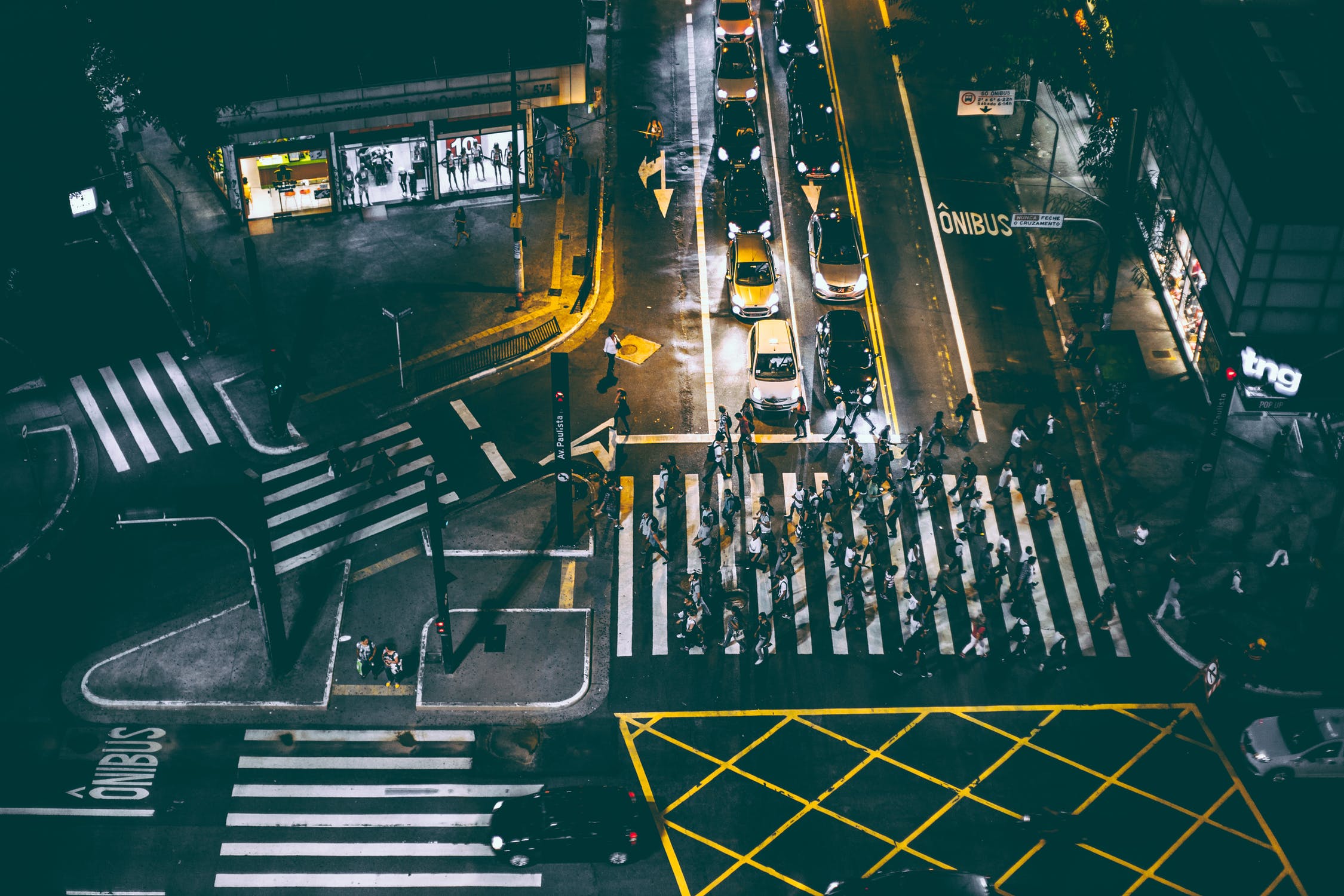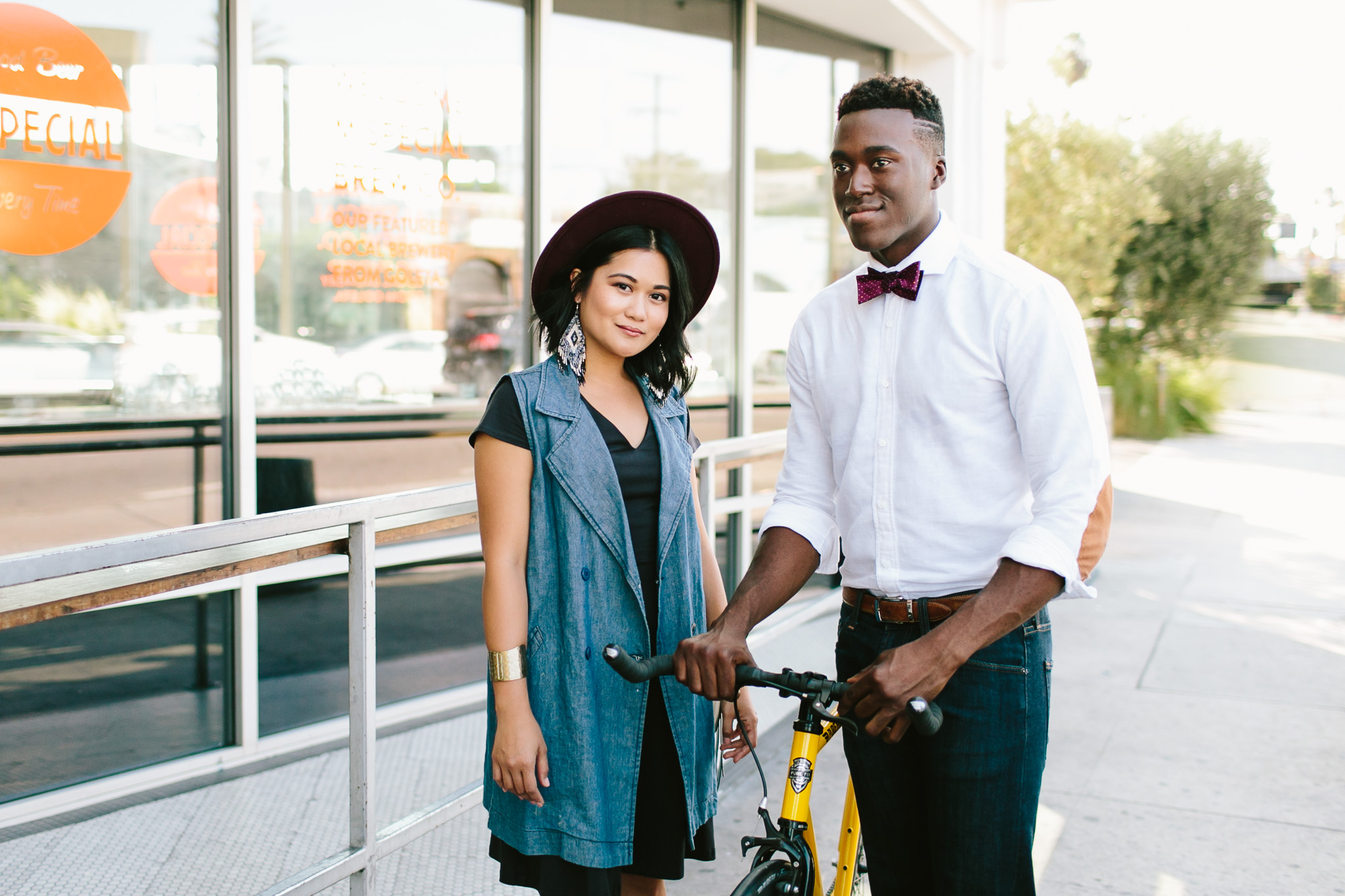Intersectional Advocacy
“Amy was 12 when her father began abusing her physically and sexually. When she was 17, Amy began staying with her friend, Lisa, to escape her father’s abuse. Lisa told Amy that she knew an agent who could help her become a model—something Amy had always dreamed of. Instead, the man forced Amy into prostitution and kept all the money she made, locking her in a hotel room for weeks, giving her very little food. He threatened to kill her if she ever left. Amy was finally able to escape and now hopes to train to become a certified nursing assistant so she can help others.”
When we learn about horrible circumstances such as this one reported to us by the US Department of State, it can often fill us with anger and fuel the fire within us, driving us to look for ways to fight against and take down the traffickers and the industry creating these oppressions and injustices.
This fire, this drive - they are incredible things within us, and they have the potential to create real change. However, it is so easy for us to get wrapped up in the idea that our fight, as advocates, is solely a fight against - a fight against the traffickers, against the companies that foster labor exploitation, against the human trafficking industry itself. When we become completely consumed by this idea of fighting against, we can often forget that, more importantly, this is a fight for. We must remember how crucial it is for us to fight not only for the victims and survivors, but also for the people within our society that are particularly vulnerable to the evils of sex trafficking.
The Intersectional Approach to Fighting Human Trafficking
As defined by Merriam-Webster, intersectionality is “the complex, cumulative way in which the effects of multiple forms of discrimination (such as racism, sexism, and classism) combine, overlap, or intersect especially in the experiences of marginalized individuals or groups”. The theory of intersectionality was coined by Kimberlé Crenshaw in her essay advocating for inclusiveness within the feminist movement, and his since been adopted into many feminist ideologies - including those held by notable feminist thinkers such as Audre Lorde and bell hooks.
However, here I want to discuss the idea of utilizing the intersectional approach in our battle against sex trafficking.
At its core, intersectionality is the understanding that there is no oppression that exists in isolation. In regards to our topic, the oppressions experienced by sex trafficking victims do not live outside those experienced by other members of the communities that have been marginalized by society. In fact, the subjugation of trafficking victims and survivors is largely fostered by the existence of other, prior oppressions, which make certain groups of people more susceptible to human trafficking.
At its core, intersectionality is the understanding that there is no oppression that exists in isolation.
With this idea of intersectionality in mind,I would like to pose the following proposition: In order to fight for the victims of sex trafficking, we must begin to also fight for the victims of related oppression. This is especially relevant in regard to sex trafficking for outdoor solicitation - the most physically violent sector of sex trafficking.
Who is Vulnerable and Why?
Specific social, economic, and ethnic groups make up a disproportionate number of victims of human trafficking within the outdoor solicitation industry. Most notably, 94% of cases involving sex trafficking for outdoor solicitation that were reported to the National Human Trafficking Hotline between December 2007 and December 2016 involved female victims, over half of which were women and girls of color. The report lists other vulnerability factors such as homelessness and economic instability as well as chronic mental illnesses and struggles with addiction.
Arguably the most concerning statistics presented in this data revolve around the LGBTQ community, especially LGBTQ youth. Due to a limited amount of supportive resources and widespread discrimination, including those within the workforce, members of this community often face economic and social setbacks. In fact, “LGBTQ youth are three to seven times more likely to enter the street economy and engage in survival sex to meet basic needs” and face high chances of becoming victims of sexual violence, with the likelihood amounting to 7.4 times that of non-LGBTQ homeless minors.
LGBTQ youth are three to seven times more likely to enter the street economy and engage in survival sex to meet basic needs
*For more information regarding LGBTQ individuals and human trafficking, please see the related Office to Monitor and Combat Trafficking Fact Sheet 2017.
The Human Trafficking Power and Control Wheel provides crucial information regarding the ways by which traffickers manipulate and force their victims into submission; however, it can also provide critical insight into why these specific communities are particularly vulnerable to sex trafficking. For example, many male traffickers begin romantic relationships, either real or feigned, with their female victims and subsequently exploit these relationships as a means of control. Traffickers may also initially promise economic support to victims in need of shelter or basic necessities, often later denying these essentials if the victim doesn’t meet their demands.
Initial emotional support also constitutes as a common method of control. The particular communities highlighted here are often especially vulnerable to this particular method, as these groups tend to face marginalization by the larger society. These types of marginalization occur as a result of pervasive societal actions resulting from institutions of racism, sexism, heteronormativity, classism, and mentalism.
Types of marginalization occur as a result of pervasive societal actions resulting from institutions of racism, sexism, heteronormativity, classism, and mentalism.
How Can We Help?
Learn More:
We can take the time to learn more about the subjugation of these and similar communities by researching the oppressions they face and the ways in which society at large acts to foster and perpetuate these oppressions through socialization and social institutions.
Furthermore, we can begin thinking critically and asking questions about certain situations. For example, we can begin paying attention to the demographics of different social or educational events. Start asking yourself what communities aren’t represented in different circumstances, and why that is.
Stand up to Injustices:
We can help in our daily lives when we encounter situations in which others are speaking or acting negatively toward such groups by explaining why the situation is wrong and offering alternative solutions if available. When we learn about events that reflect oppressive ideologies, we can raise awareness to the problematic aspects by talking to our friends and families or posting about it on social media.
Get Involved:
We can also get involved in movements for social justice and organizations working to support marginalized and oppressed communities. A great way to discover volunteer opportunities at a wide range of nonprofit organizations is through VolunteerMatch.
Be an Ally:
The most important thing that we can do to help these communities and minimize their vulnerability to human trafficking is to incorporate intersectionality into our battle to end human trafficking. As advocates, we must stand in solidarity with marginalized communities and use our voice to combat the oppressions they face in situations where they have been silenced, ignored, or underrepresented
Individually, these actions may not seem like ways that create significant change. But if we all do our part to contribute and begin working in unison with each other, we can - and will - begin to see the transformations we are looking for. The roots of the human trafficking problem extend into the structure of our society and the very ways that we, as members of this society, treat each other. Once we all begin to stand against these injustices, the individuals who are most vulnerable to sex trafficking, and to human trafficking as a whole, will gain the support they need to combat these vulnerabilities. And that is when we will begin to see substantial changes toward achieving our goal.
You don't have to wait until December to be a part of the impact. Join the Dressember Collective and become part of a powerful community of advocates and donors furthering the work and impact of the Dressember Foundation through monthly giving.
XO
About the Author
Morgan Wiersma is a student at Chicago City Colleges, where she plans to finish her Associate in Arts this spring before beginning to pursue an undergrad in Creative Nonfiction and Social Sciences. She calls her cozy apartment in downtown Chicago home and lives with her dwarf rabbit, Lola. A coffee enthusiast and avid writer, Morgan also enjoys small art projects, tea candles, and oversized flannel shirts.







